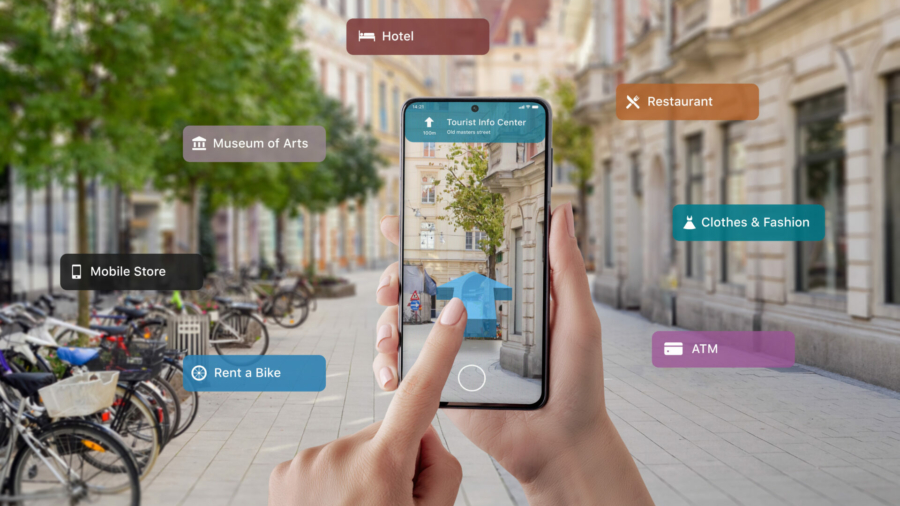The past decade has seen rapid advancements in highly immersive technologies, moving from Augmented Reality (AR) to Virtual Reality (VR) and beyond. These technologies have revolutionized the way we interact with the digital world and have paved the way for a new era of immersive experiences. Let’s take a closer look at this evolution from AR to VR and explore the potential future of immersive technologies.
The Rise of Augmented Reality (AR)
Augmented Reality (AR) overlays digital information onto the real world, blending the physical and digital realms to create a rich, interactive experience. One of the early driving forces of AR was the mobile gaming industry, with popular games like Pokemon Go introducing millions of people to the concept of blending digital elements with the real world. AR has also found applications in fields such as education, healthcare, and retail, offering innovative solutions for training, visualization, and customer engagement.
The Emergence of Virtual Reality (VR)
Virtual Reality (VR) takes immersion to the next level by creating entirely digital environments that users can interact with. VR headsets and hand controllers transport users into fully immersive worlds, enabling them to explore and interact with digital spaces in a way that was once only possible in science fiction. This technology has had a massive impact across various industries, from gaming and entertainment to architecture and engineering. VR has also been utilized for therapeutic and educational purposes, offering new opportunities for experiential learning and rehabilitation.
The Integration of Mixed Reality (MR)
As immersive technologies continue to evolve, the line between AR and VR has become increasingly blurred, giving rise to Mixed Reality (MR). MR combines elements of both AR and VR, allowing digital and physical objects to interact within the same space. This technology has the potential to revolutionize industries such as design, manufacturing, and remote collaboration, offering new ways to visualize and interact with complex systems and data.
The Future of Immersive Technologies
Looking ahead, the future of immersive technologies holds a world of possibilities. Advancements in hardware and software are making these experiences more accessible and realistic than ever before. From AI-driven virtual assistants to haptic feedback systems that enhance the sense of touch, the potential for immersive technologies to transform the way we live, work, and play is virtually limitless.
In conclusion, the evolution of immersive technologies from AR to VR has opened up new frontiers for human interaction with the digital world. With the development of Mixed Reality and the continued advancements in immersive hardware and software, we are poised to enter an era where the boundaries between the physical and digital realms are more intertwined than ever before. The future is bright for immersive technologies, and the possibilities for innovation and creativity are endless.

